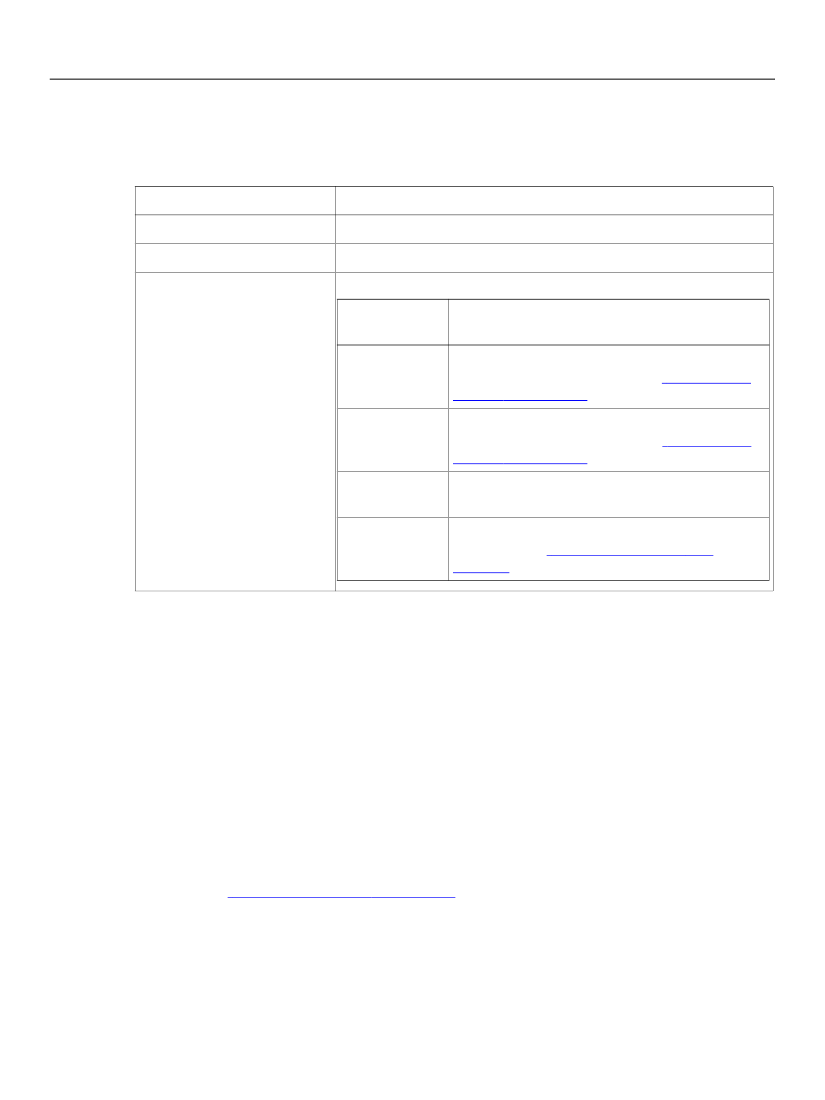
Chapter 4, Exchanging Data Between an External Application
and a Basic XFA Form
XFA Specification
Localization and Canonicalization
149
➤
Rule 4, Output Formatting When Output Picture Clause Omitted
The following table describes how an XFA processing application localizes data whose container omits the
picture clause for a particular type of output.
Type of picture clause
connect
bind
ui
and
format
How unpictured data is formatted
Canonical format.
Canonical format.
Formatted as follows:
Content
element name
date
(edit and output patterns)
Formatted with …
Default date picture clause for the locale (usually
the medium date), as described in
“The localeSet
Element” on page 149
Default time picture clause for the locale (usually
the medium time), as described in
“The localeSet
Element” on page 149
Default date picture clause and default time
picture, separated with a “T”.
Default decimal radix (decimal point) for the locale,
as described in
“The localeSet Element” on
page 149.
Separators are not inserted.
time
datetime
decimal
and
float
➤
Rule 4A, Output Formatting a Null Value
In the following example, a field is defined with a
float
value:
<field name="field1" … >
<value>
<float/>
</value>
</field>
If the float element had contained a value, it would have been the default value for the field. When empty
as in this case, there is no default value; however, the type declaration still applies. Thus, the field qualifies
for automatic localization.
➤
Rule 5, FormCalc Scripts May Localize/Canonicalize Data in the XFA Data DOM
Scripts written in FormCalc can call functions to localize or canonicalize specific data in the XFA Data DOM,
as discussed in
“FormCalc Specification” on page 801.
ECMAScript does not have corresponding methods.
The localeSet Element
For each locale definition in the
localeSet
element, the string of substitute characters is contained in
the
dateTimeSymbols
element.
The following example illustrates the overall structure of an XDP containing a
localeSet
packet: